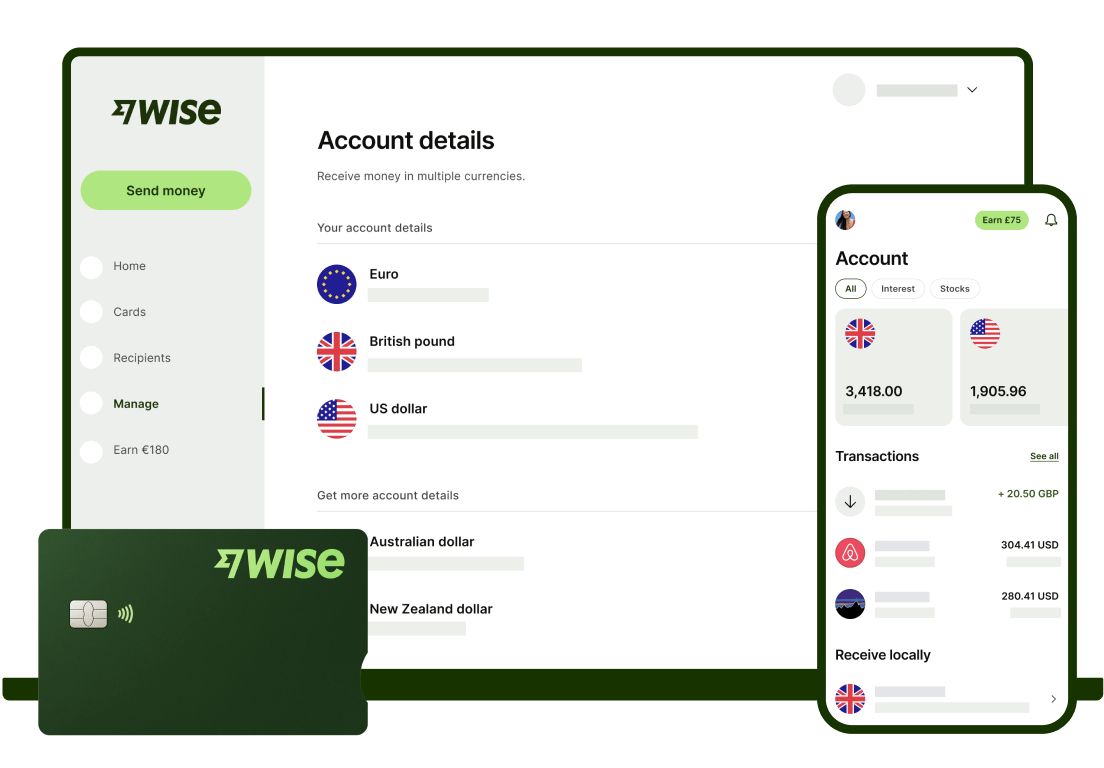Best Expense Management Software for Singapore Businesses in 2025
Compare top expense management software for Singapore businesses. Learn how they work and what to look out for when choosing one for your company.

Calculating the payback period of any investment is an important step in capital budgeting processes, allowing you to see when you will recoup the initial costs invested in a capital purchase.
You may use the payback period formula to decide how to invest your startup budget for example, such as choosing to buy a certain piece of equipment or machinery for your business.
By seeing when your investment will start to generate a payback beyond the initial sum invested you’ll know how long your money will be tied up before it generates a net return - crucial when budgeting for your business.
Join us as we explore how to calculate a payback period, plus some alternative or additional methods to evaluate business capital decisions, such as the discounted payback period.
We'll cover:
| Table of contents |
|---|
The payback period of any investment is the length of time it takes for the investment to generate enough additional revenue to offset the initial costs.
The basic payback period formula can be expressed like this:
| Payback Period = Initial Investment / Annual Payback |
|---|
So - let’s say that you spend 50,000 SGD on a new piece of equipment for your business, which allows you to work more efficiently and therefore increase your sales. You calculate that the likely increase in your profit will be around 25,000 SGD a year. Using the payback period formula you can see that the payback period for this investment will be 2 years.
If you were weighing up the option to buy one piece of equipment versus another, you can calculate the payback periods on each to see which is shorter.
Generally having your money tied up in an investment which is not generating a net return isn’t great for business - and so you want the shortest possible payback time.
Using the payback period method alone won’t necessarily be enough information for you to decide on whether or not to make one capital purchase or another, but used alongside other similar analysis tools it can offer some valuable insight.
| 🤔One thing to bear in mind is that the payback period method doesn’t look at the relative overall profitability of one option compared to another. Just because purchasing one piece of equipment will generate a return quicker than another doesn’t necessarily mean that it’ll be the best decision overall. Perhaps the other piece of equipment you’re considering would last longer, or break less frequently - this may mean it’s a better business decision in the end. |
|---|
Another common approach to evaluate capital purchasing decisions is called the discounted payback period method.
This is more complex to calculate compared to the basic payback period formula, but does offer a more nuanced look at the payback time frame.
The key difference in the discounted payback method is that it takes into account the time value of money - that is, what return you may have generated from the funds invested otherwise.
It also allows for a more detailed analysis of the cash flow generated by an investment, which is not likely to be linear.
In the example above, the discounted payback period method would take the 50,000 SGD you spent on equipment and look at the return you may have gathered if you’d left the money in the bank and earned interest on it, compared to the increase in revenue the equipment brings. You can also use this method to show changes in the pattern of cash flow - for example if you think you’ll get only a fairly small return from your new equipment at first, which may build up over time as your products become more popular.
Thinking about the payback period in capital purchases can help you compare your investment options.
It’s a helpful topline method to figure out if one investment option is better than another - and while it’s very frequently used for large one off purchases like new equipment, or a new office location, it can also be helpful for ongoing costs like choosing to rent a larger store location, buying a subscription to an accounting software provider or another SaaS tool.
Using the payback period method alone probably won’t allow you to complete a full analysis of more complex business investment decisions, but it’s a very good starting point. We’ll look at some alternatives to the payback method you could use alongside it, later.

Illustration of Wise Business products
Get a complete view of your finances with Wise Business.
To help you decide whether or not to use the payback period method, here’s a quick summary of the pros and cons of using this tool:
| Pros of the payback period method | Cons of the payback period method |
|---|---|
| ✅Simple to calculate ✅Useful to weigh up one investment option against another ✅Good for quick analysis and to narrow down your options on business investments ✅Can be used for capital purchases and ongoing spend | ❌Doesn’t take into account the time value of money ❌Doesn’t show overall profitability of one option versus another ❌Doesn’t account for inconsistent cash flow or revenue generation ❌Not usually enough information on its own, to weigh up complex business choices |
As we’ve mentioned, the payback period method alone isn’t usually enough to make a final decision on your business spending. Some other approaches include calculating the net present value (NPV) or internal rate of return on an investment.
| ⏰NPV calculations take into account the time value of money, with the basic principle that your dollar today is worth more than the same dollar would be in 5 years, because of the impact of inflation. |
|---|
This can give a more detailed view of the value of an investment over time - but it’s more complicated to calculate compared to the payback period.
The internal rate of return is a similar tool which calculates the annual rate of growth that an investment is expected to generate.
It’s also useful in deciding whether or not to invest in a specific capital purchase - but again, is somewhat more complicated to calculate than a simple payback period.
Calculating the payback period of large purchase decisions can be an excellent start when you need to evaluate the opportunity cost of one decision versus another. It’s a simple method to use, and while it doesn’t always tell the full story of whether an investment is worthwhile, it’s a good starting point and can help direct your thinking towards other additional analysis methods.
While you’re looking for ways to fine tune your business finances, why not also check out Wise Business as a simple, low cost way to manage your money across currencies?
Wise can be a great option when making large purchase decisions with overseas vendors that charge in foreign currency, with low costs for payments and conversion, and the mid-market exchange rate. That means you can handle cross-border transactions with no hidden fees eating into your profits.
Learn more about Wise Business
*Please see terms of use and product availability for your region or visit Wise fees and pricing for the most up to date pricing and fee information.
This publication is provided for general information purposes and does not constitute legal, tax or other professional advice from Wise Payments Limited or its subsidiaries and its affiliates, and it is not intended as a substitute for obtaining advice from a financial advisor or any other professional.
We make no representations, warranties or guarantees, whether expressed or implied, that the content in the publication is accurate, complete or up to date.

Compare top expense management software for Singapore businesses. Learn how they work and what to look out for when choosing one for your company.

Overheads are recurring costs essential for running a business, but they aren’t directly tied to the production of goods or services.

Learn how to calculate break even point, its significance for SME business profitability , and how to optimise your operations and finances to achieve it.

This article covers opportunity cost and its application in smart, data-driven decision-making for more informed and effective business strategies.